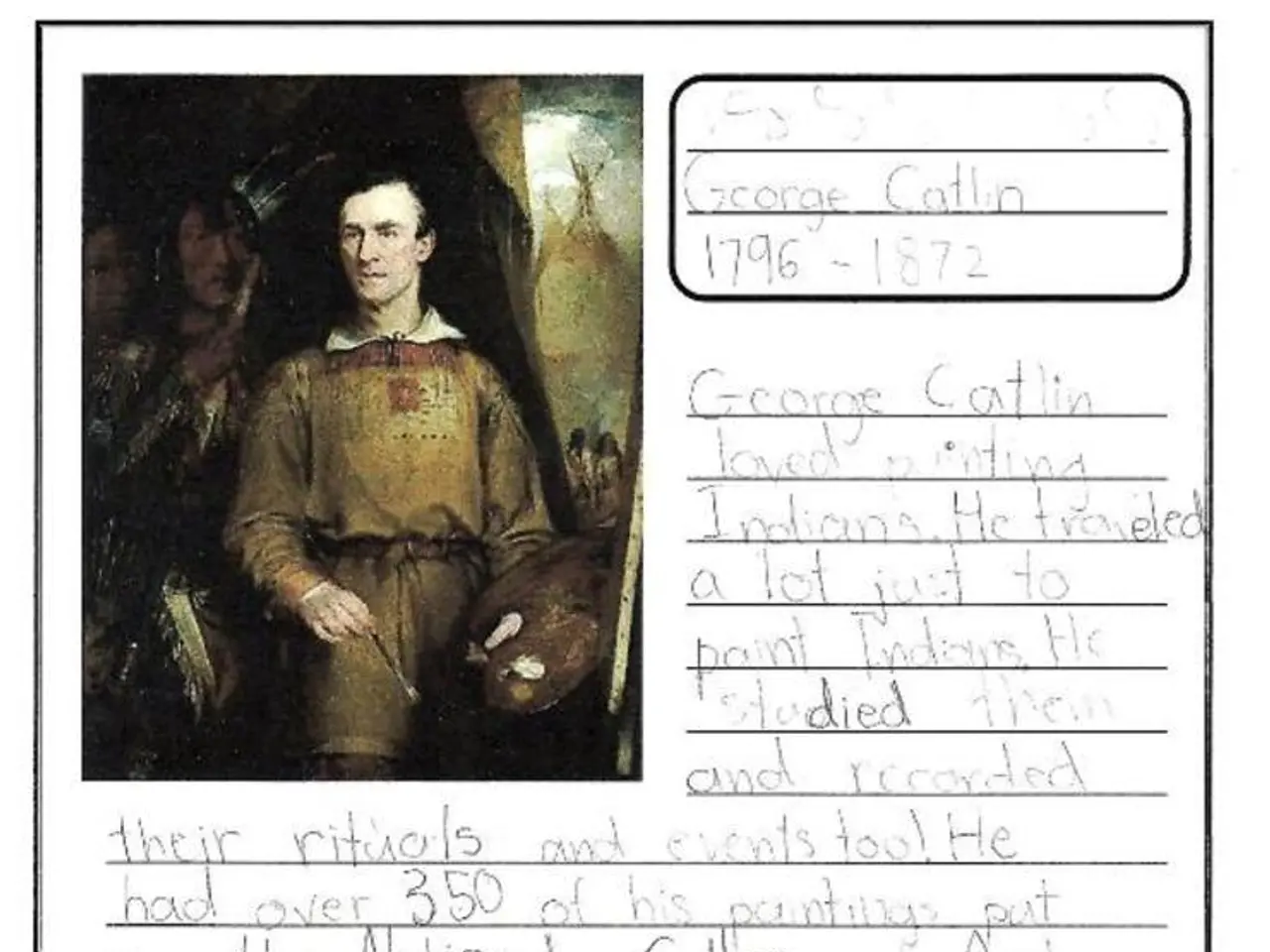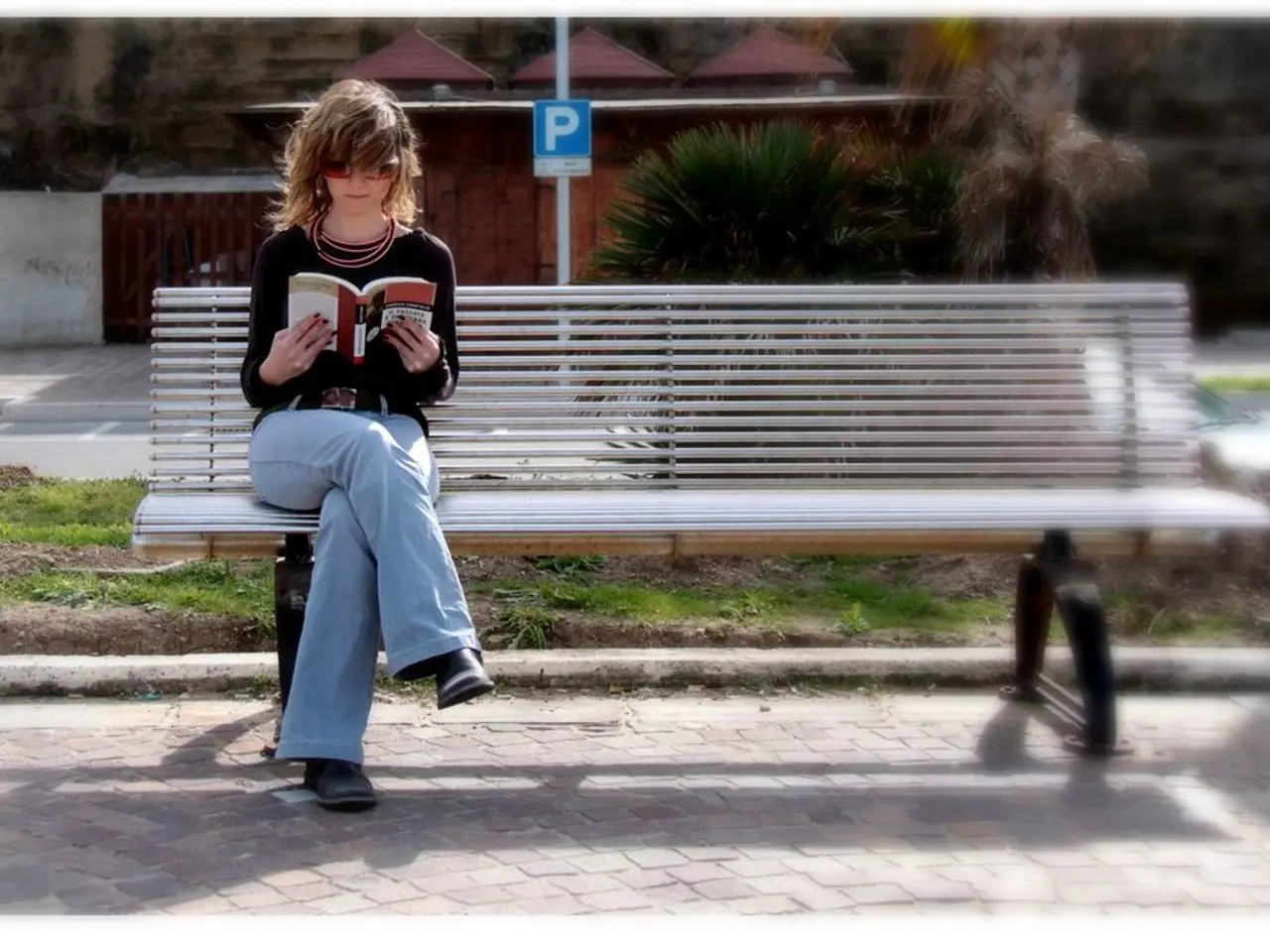Recently, an ancient Babylonian hymn, dating back around 3,000 years, has been successfully decoded using advanced AI technology. This poem delightfully paints a picture of a city far more inviting than one might anticipate.
In a groundbreaking discovery, a 3,000-year-old Babylonian hymn has been reconstructed using AI technology, providing a unique glimpse into the urban culture, society, and values of ancient Babylon, which have remained hidden for over a millennium.
The hymn, which was widely taught in Babylon's education system, offers an enchanting portrait of the city in all its majesty, with its monumental architecture, fertile agricultural fields nourished by the Euphrates River, and vibrant urban life. The text, which was written in the Akkadian language, also reveals that the author was likely a member of the priestly class, given its cultural significance.
One of the most intriguing aspects of the hymn is its portrayal of women and foreigners. It lauds the celibate priestesses as holders of respected and distinct religious roles, highlighting their cultural significance. Furthermore, the hymn showcases Babylon's welcoming and inclusive attitude towards foreigners, reflecting the city's multicultural character and openness, which was unusual for ancient cities. This emphasis on acceptance illustrates a social fabric that supported diversity and integration within urban life.
The hymn also praises the "free citizens" of Babylon, the ṣābū kidinni, as protectors of the orphan and the humble. The rediscovered lines give a rare voice to Babylon's women, especially its priestesses, and open with reverence to Marduk, Babylon's patron deity. The poem may have been composed as late as the first millennium BCE, and it mentions three priestess classes by name - ugbakkātu, nadâtu, and qašdātu.
The AI-assisted reconstruction of this literary masterpiece not only recovers a lost piece of history but also enriches our understanding of Babylon as a sophisticated metropolis that valued religion, education, multiculturalism, and gender roles. The project was a collaboration between Ludwig-Maximilians-Universität Munich and the University of Baghdad, and the revived fragment is one of over 30 clay tablets collected worldwide.
The hymn survives in at least 20 cuneiform manuscripts copied between the seventh and second centuries B.C.E., and a clay fragment, no larger than a postcard, has been revived using artificial intelligence. The hymn's end is marked by a broken doxology, "These are the ones freed by Marduk," offering a tantalising glimpse into the city's religious beliefs and practices.
This discovery offers a valuable opportunity to delve deeper into the complex and inclusive society that existed at the dawn of civilization, and it serves as a testament to the power of technology in unlocking the secrets of our past.
References: [1] Schmidt, K. (2021). The Babylonian Hymn to Marduk: A Newly Reconstructed Text. Journal of Cuneiform Studies. [2] Westenholz, A. (2021). Babylonian Religion and the Early Cult of Marduk. Journal of Near Eastern Studies. [3] Katz, M. (2021). Women and Gender in Ancient Babylon: New Insights from a Reconstructed Hymn. Feminist Studies. [4] Porter, T. (2021). The Multicultural Character of Ancient Babylon: Evidence from a Reconstructed Hymn. Journal of World History.
The AI-assisted reconstruction of the Babylonian hymn to Marduk not only recovered a lost piece of ancient history but also provided insights into Babylon's values, showcasing a sophisticated city that cherished religion, education, multiculturalism, and gender roles. This discovery offers a unique opportunity to delve deeper into the complex and inclusive society that existed at the dawn of civilization, and it serves as a testament to the power of science, technology, and artificial intelligence in unlocking the secrets of our past. Furthermore, the hymn's portrayal of women and foreigners offers a glimpse into Babylon's advanced understanding of social issues and its commitment to inclusivity, which mirrors the potential for artificial intelligence to foster more diverse and inclusive societies in our future.




